In this summer series we interview some of the expert volunteers who help GiGL to verify our species data. Good quality data are central to everything that GiGL does and verification is an important step to achieving that.
Species verification is the process of assessing a record and deciding whether the identification is likely to be correct for the given location and date. Each record is given a verification status by the verifier and this is recorded in the GiGL species database. More information on verification and the terminology we use can be found here.
Having the knowledge to assess species records is a specialist job and something that we need expert help for. Our verifiers are vital to GiGL’s work and ensure that we can have confidence in the records we share.
The dynamic and ephemeral nature of dragonfly and damselfly (Odonata) populations make it really important to have an expert like Neil assisting GiGL to verify these records within the GiGL species dataset. It allows new sightings to be confirmed (see an example of this below) and ensures we remove any mistaken IDs. We have been extremely lucky that Neil, like all of our verifiers, is so willing to give his time and expertise to ensure that the data we hold are of the highest quality.
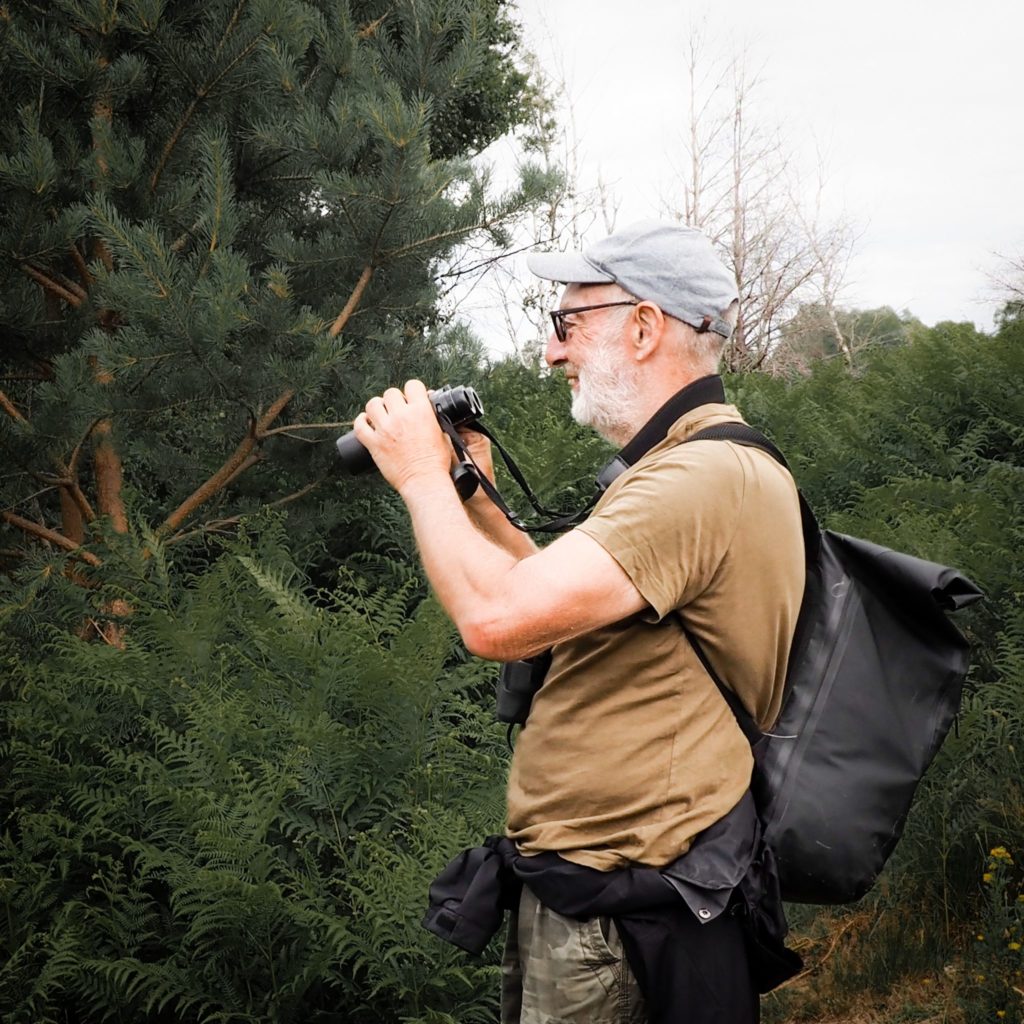
- What is your area of expertise?
I’ve been interested in natural history since I was a child, initially mainly birds & then butterflies. These days I look at most things; flowering plants, birds, herpetofauna (amphibians and reptiles) & quite a few insect groups.
- How did you become a species expert, and why?
I did a biological sciences degree & graduated in botany, but I have been fascinated by dragonflies for maybe 30 years and succeeded the late Ruth Day as London Natural History Society (LNHS)’s Odonata Recorder. Since I took up the role we’ve seen some of the most dynamic changes in dragonfly populations in the UK & especially here in south-east London. We have gained several new species while a smaller number seem to be in decline.
Ruth was around to see the initial colonisation of small red-eyed damselflies which are now so widespread in the LNHS area (which includes a 20 mile, or 32 km, radius centred on St. Paul’s Cathedral in central London). She wasn’t around to see the rapid spread of willow emeralds, the colonisation of the Thames Estuary of southern migrant hawker or breeding lesser emperors, and it would have been inconceivable that Norfolk hawkers would be breeding in the LNHS area.
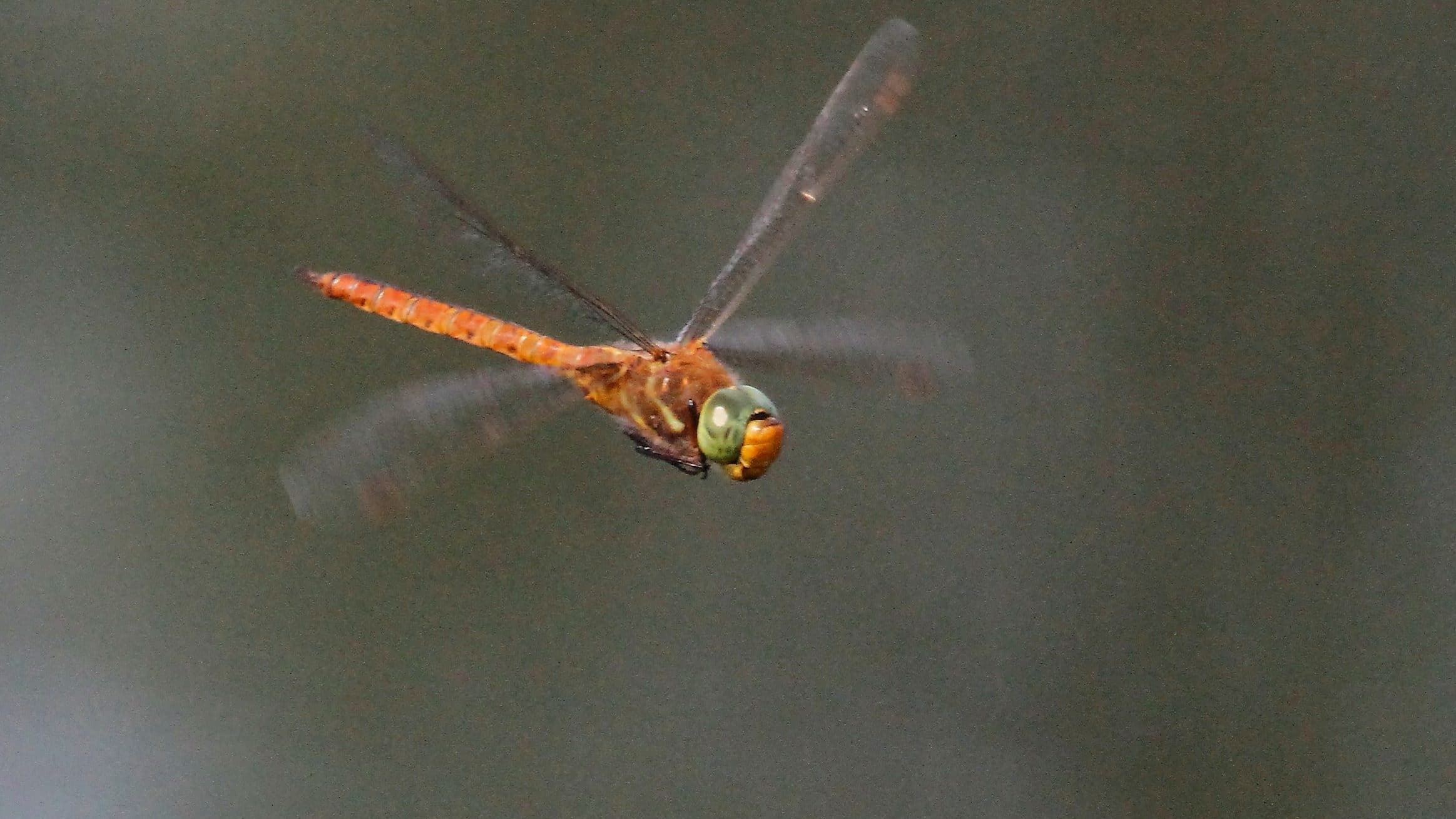
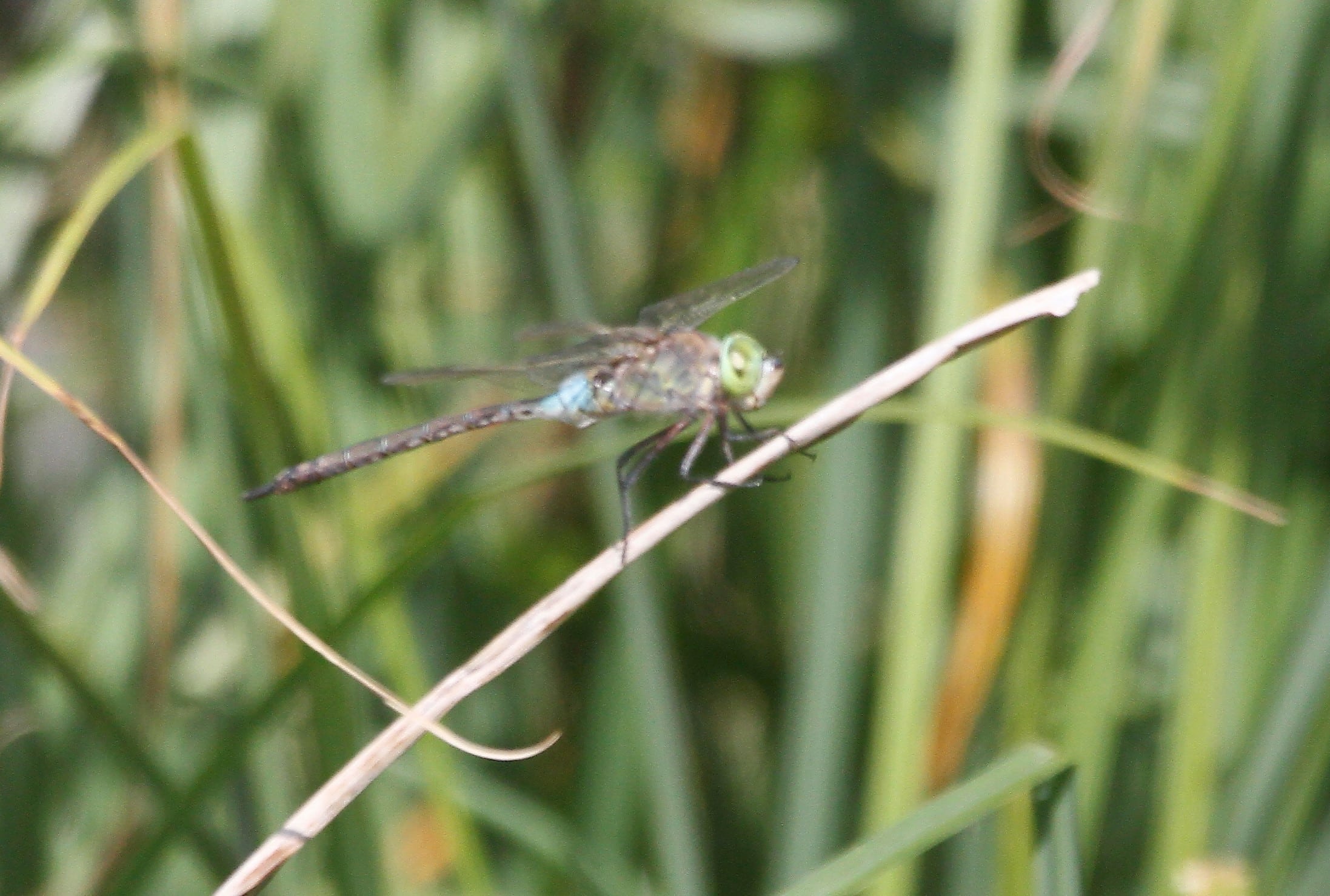
- How long have you been verifying records for GiGL?
I have probably been verifying records for about 7 years now.
- How does verifying fit in with the rest of your life and work?
I have been involved with the LNHS for over 30 years leading and organising coach trips for the ornithology (bird) section, until the pandemic, and have led walks for botany, ornithology & entomology (insects). The latter two sections I still regularly lead field trips on. I also lead walks looking at fauna/flora for local groups as well as being a freelance naturalist guide for Naturetrek overseas.
- What do you see as the greatest benefit of working with GiGL?
One of the best things about GiGL is the exchange of data where both parties gain; I verify records to remove erroneous identifications or confirm rare sightings, and gain new records in return.
A perfect example of this are the Scarce Emerald records sent into GiGL by Anna MacLaughlin for a new site. This is a species that was thought to be extinct in the UK a few decades ago, before its rediscovery. I was able to verify that the ID was correct for this new location thanks to her great photos, shown below. It is so exciting to have a confirmed sighting of it at a new site in the London recording area.
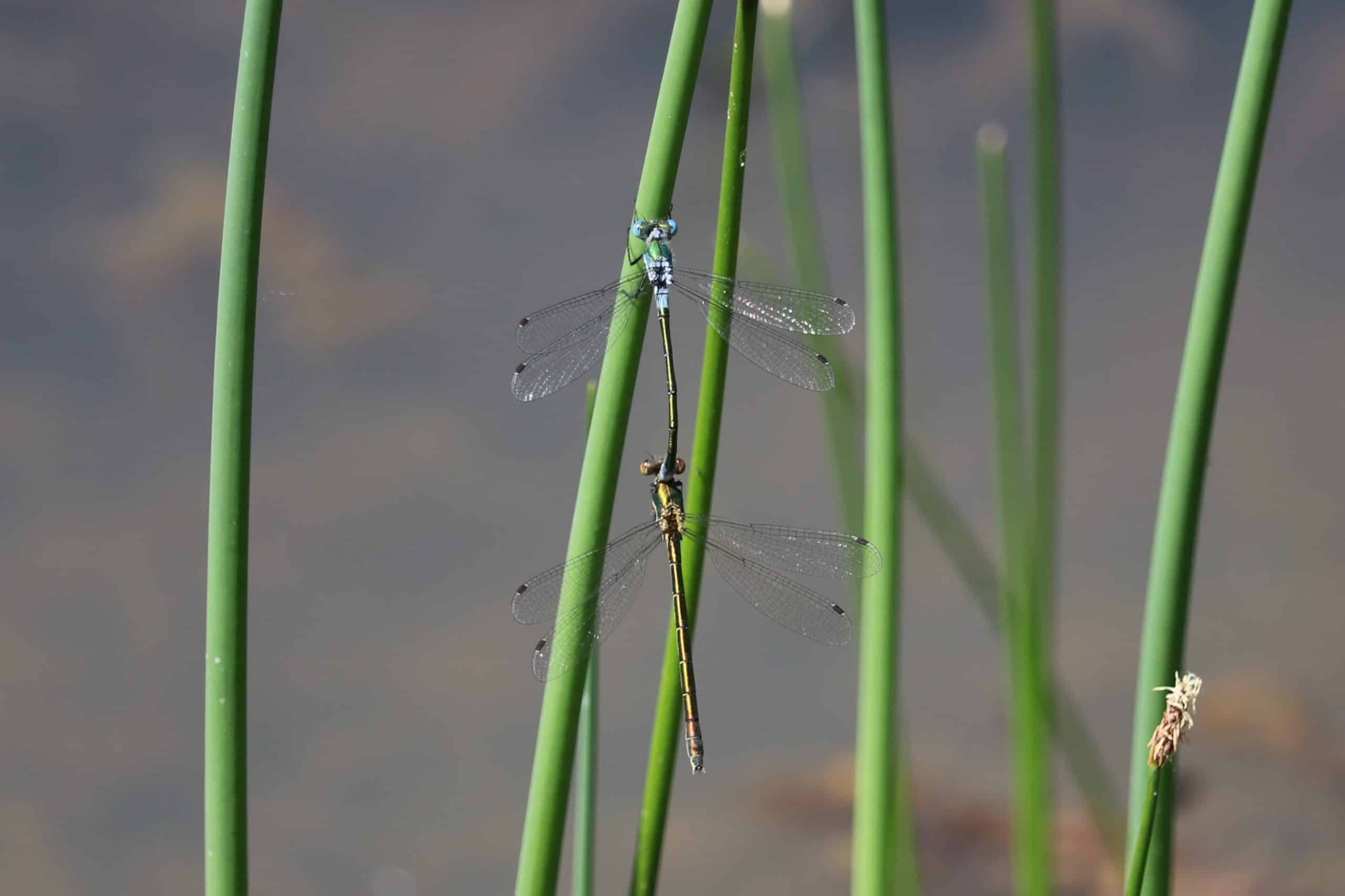
- Do you have any tips for people aspiring to learn more about species and verification?
Now is a wonderful time to study Odonata, a truly dynamic group of insects that doesn’t have too many species to master. Many species have successfully colonised in relatively recent times, with a warming climate facilitating the arrival and colonisation of these and other southern species. The downside may well be increasing threats from severe drought where water bodies dry up.
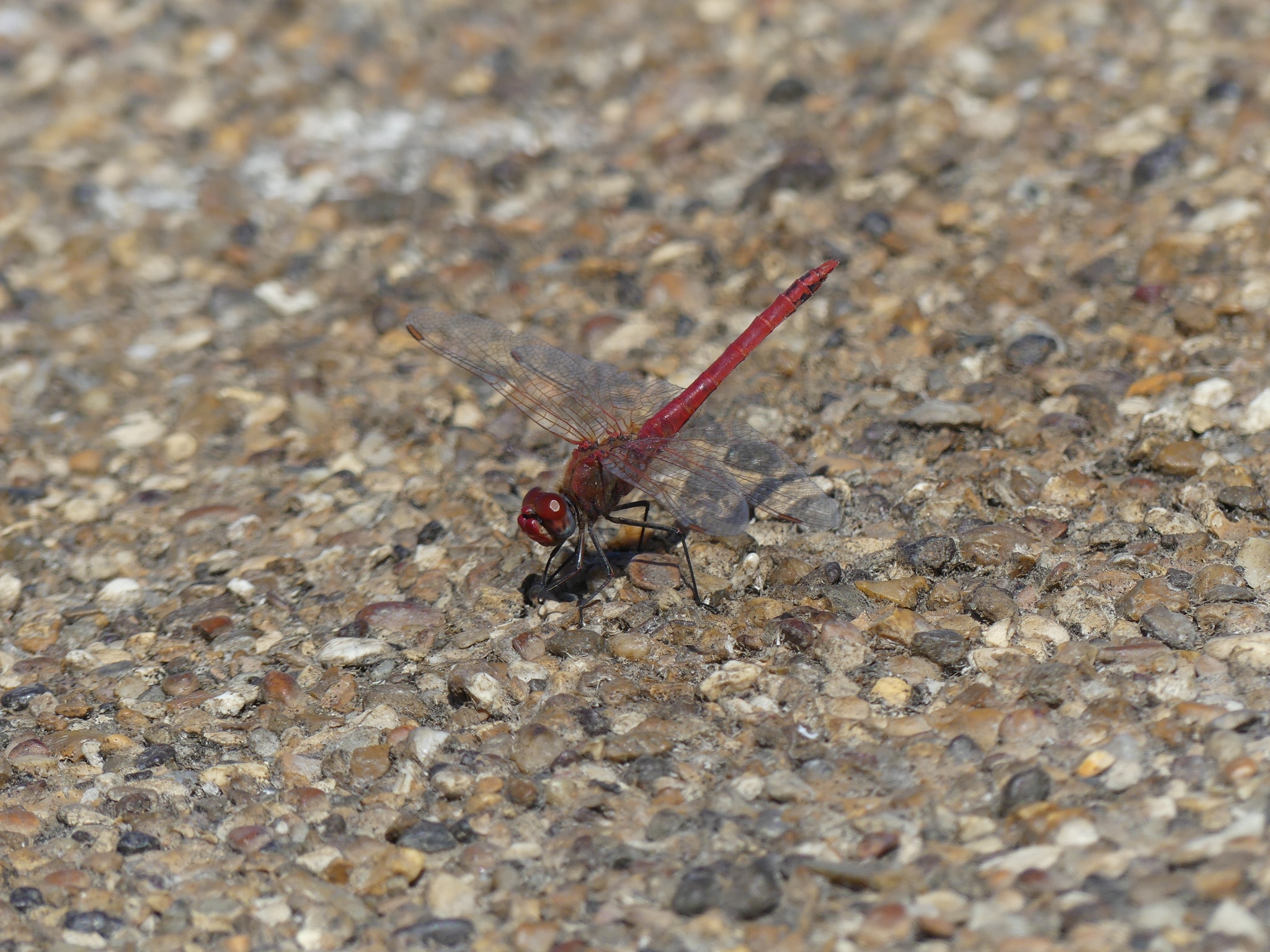
This is the final instalment of our series shining a spotlight on some of the expert verifiers who work closely with GiGL. You can read the previous editions on Leslie Williams (butterflies) here and Derek Crawley (mammals) here.
We also collaborate with other verifiers and we would like to extend our thanks once more to Colin Plant (moths), Keiron Brown (earthworms), Ian Wallace (caddisfly), Pete Lambert (birds), and of course the numerous experts from London Natural History Society and other recording schemes, who willingly provide advice and work tirelessly to ensure that the species records we receive from them are verified.
How can you help?
We do still need more expert verifiers for the many taxa that we have in the database. Please get in touch if you think you could help. More information on the process of verification for potential verifiers can be found here.
For anyone wishing to record – please use the online form or recording spreadsheet.
